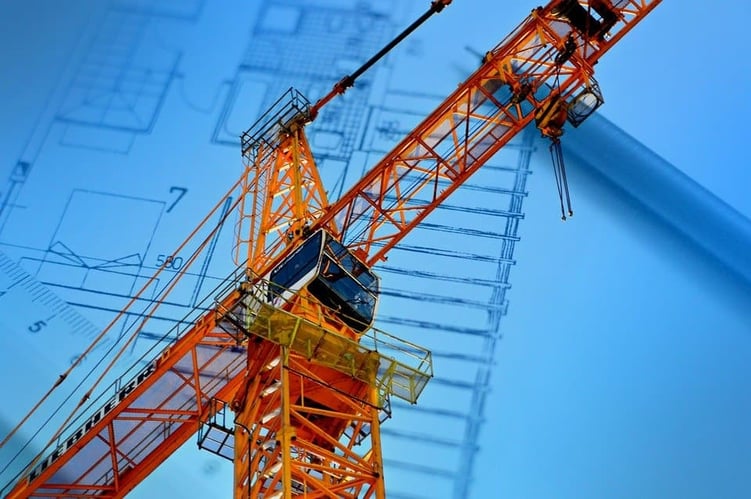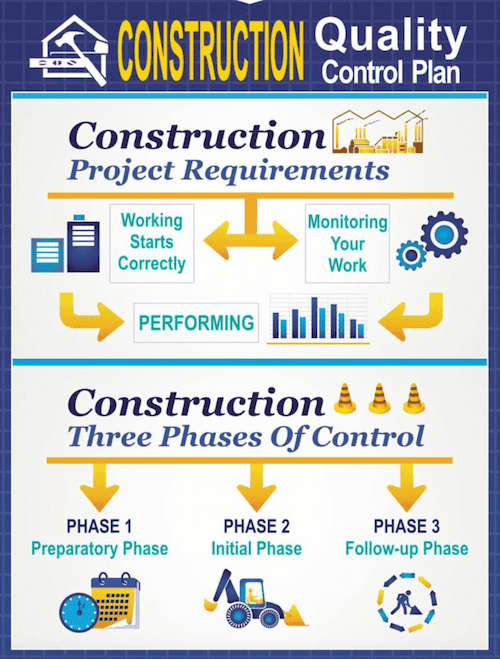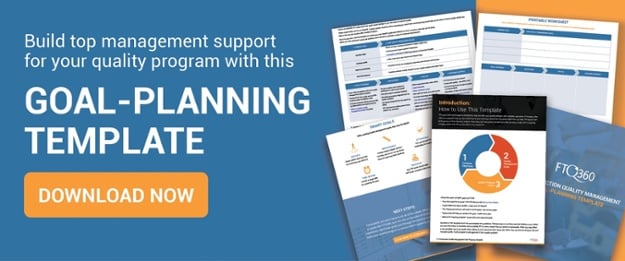
The USACE Three Phase Quality Control Process is a required for all military-related construction projects. Developed by the U.S. Army Corps of Engineers (USACE), this construction process ensures that essential quality controls are in place across all phases of a project.
The three phases of quality control fundamentally form a solid foundation for private sector construction projects. It is one of the most widely implemented construction quality control models in use today.
This blog post will discuss how to use the three phase quality control process in your next construction project and the benefits of doing so.
USACE Three Phase Quality Control
So what are the USACE three phases of quality control in the construction industry?
The three phases of control are essentially:
Firstly, preparing by reviewing your construction requirements before you begin work.
Second, ensuring that initially work starts off correctly.
Third, following up to make sure work is completed correctly. Of course, there is much more to it in practice, but that's just about what they are in a nutshell.
As a construction company, you are probably already performing them. However, you need to explain how you do it in your construction quality control plan.
To give you a broad idea of what is required, we've compiled a quick summary of the procedures you'll undergo for phases of control as used by the U.S. Corps of Engineers.

(Image source: FirstTimeQuality.com)
Phase 1 - Preparatory Phase
The preparatory phase is like a pre-construction meeting for starting work on an upcoming project milestone. Most projects will have preparatory phases, for example, sitework, foundations, structure, and the like. The objective is achieving first time quality and preventing costly problems.
The meetings usually involve the project team, subcontractors, project owners, building product manufacturers, and third-party inspectors.
In the preparatory phase meetings, you'll want to make sure that everyone involved in the project understands and agrees with the project specifications and the construction process. A good practice is to identify what is necessary for work to begin including government authority approvals, critical building products, and key personnel.
Check out FTQ360's Phases of Control QAQC Setup for a Highrise Project:
It's also vital that you have a quality management system in place so that everyone involved in the project knows what is expected of them and how they can contribute to high quality outcomes. It should always include who is responsible for inspection tasks, how they will be carried out, and by whom.
The meeting agenda should also include an open discussion of lesson
s learned and concerns for potential problems. With these problems in mind, then move on to planning preventive actions and controls that will minimize risks. Critical items to check during construction should be added as checkpoints to inspection checklists.
The outcome of your preparatory meetings you should be:
- A ratification of the construction process and requirements by all stakeholders
- A heightened awareness of project risks and an action plan to minimize risks
- An inspection plan that includes required inspections andhold points
- Checklists amended with critical verifications
- A list of items necessary for work to begin
Phase 2 - Initial Phase
In the initial phase, your quality control plan is put into action. You will make sure that work is ready to begin, and that it starts off on the right track.
This is also an opportune time for the project superintendent to lead a final field review of the construction requirements and inspection process. The goal is to give everyone involved a heightened awareness of critical requirements and potential problems to avoid.
Review the preparatory meeting notes. Is the preparatory planning carried out? Is everything in place for work to begin? Only then is it okay to proceed.
Closely monitor the first representation of completed work to make sure it meets the project requirements. If the first item is good, the rest have a potential of being good also. It would be a shame to have to rip out one hundred windows, when any problems could have been caught on inspecting window one.
In summary, supervisors will do the following:
- Review the construction requirements and construction process with all field personnel
- Heighten awareness of critical requirements and potential problems
- Verify that all requirements for work to begin are in place
- Make sure the first article (after work begins) is acceptable to continue work
Phase 3 - Follow-up Phase
In the follow-up phase of quality control, you'll want to ensure that quality is maintained through to completion. This includes inspecting work in progress, verifying that all documentation is complete and accurate, and conducting a final quality audit.
Daily reports are used to monitor ongoing work documenting daily activity and project progress. Pictures, videos, weather reports, manpower, equipment on site all go to documenting that work is proceeding as planned on a day-to-day basis.
The most important follow-up is documenting proper completion of work in compliance with the project specifications. Inspection reports provide proof positive that critical checks have been verified, pictures document critical details have been followed, and data confirms that dimensions and other measurements are as required.
It's also essential that you establish procedures for handling non-conforming products, and corrections are made to bring them back into conformance.
At the completion of the follow-up phase you should have the following:
- Daily reports that show a construction progress according to expectations
- Inspection reports that document proper construction progress in compliance with project requirements.
- Deficiencies have been identified and corrected
As you can see, there's a lot involved in the three phase quality control process. However, by taking the time to implement it correctly, you can ensure that your construction quality process is proactive rather than reactive.
Benefits of Three Phase USACE Quality Control
There are several benefits of using the USACE three phase quality control process on your next project:
- Improved quality: The USACE process ensures that all work is carried out to meet or exceed quality requirements
- Increased operational efficiency: By implementing quality control measures early and often, you can avoid costly delays and rework later in the project
- Compliance with codes and standards: By following USACE's guidelines for construction quality control, you ensure that your construction project is compliant with all relevant regulations and quality standards. This can help to avoid costly fines and delays
- Improved communication and coordination: The construction quality control process helps enhance communication and coordination between all stakeholders involved in the construction project. A well-run quality control program will help ensure that everyone involved in the project is aware of their role and responsibilities regarding quality. This leads to a smoother, more efficient project that meets everyone's expectations
- Defect and risk reduction: Implementing construction quality control measures early on in the project can help to reduce the need for rework and repairs. This saves time and money and results in first-time quality every time
- Enhanced safety on the job site: Construction quality control measures implemented by USACE can help create a safer job site. By following these quality management guidelines, you can help to avoid potentially dangerous situations
How FTQ360 Quality Control Software Ensures You Use USACE
If you're looking for quality control software that will help you ensure that your construction project meets USACE requirements, look no further than FTQ360.
Our software was developed specifically for construction quality assurance and is fully compliant with all USACE quality management requirements including:
- Phase 1 – Preparatory Meeting Checklists
- Phase 2 – Initial Inspection Checklists
- Phase 3 – Follow-up Daily Reports
- Phase 3 – Task Completion Inspection Checklists
- Three Phase of Control Project-Specific Quality Control Plans
In addition to helping you implement the USACE Three Phase Quality Control Process in your construction projects, our software also offers a host of other features such as:
- Streamlined Communications
- Pre-loaded Checklists
- Punch lists
- Deficiency tracking and control
- Integrated Safety
- Inspection and test plans (ITPs) with progress tracking
- Powerful Analytics
- Reduced Deficiencies
For more information, sign up for a free demo to see how our software can help you improve your quality management.

